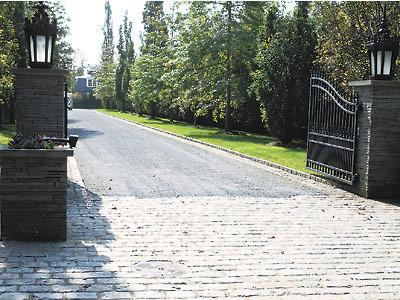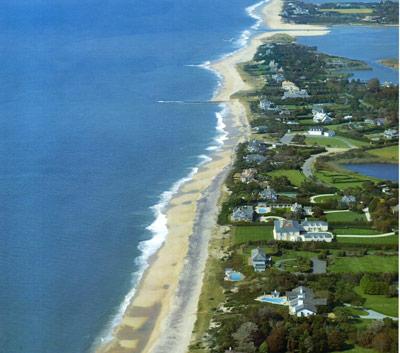Ferry Saga Is, at Last, At an End
Ferry Saga Is, at Last, At an End
A long saga of legal challenges to a 1998 East Hampton Town law barring most ferries from docking here came to a close this week with a United States Supreme Court decision not to review the case. The decision was made on Monday morning, on the first day of the Supreme Court’s new term.
The ruling means that a 2010 decision by the Second Circuit Court of Appeals upholding the town law, which banned vehicle and high-speed ferries, will stand.
In a lawsuit filed in 2004, Paul G. Forsberg Sr. of Montauk’s Viking Ferry company, along with several ferry parent companies and a handful of Montauk individuals, claimed that the town’s law violated the Constitution’s Commerce Clause, which prohibits unfairly restricting interstate trade.
The appeals court had agreed with a ruling by a lower court that the local benefits of the ferry ban — avoiding an increase in traffic and its associated problems — outweighed any potential negative impact on interstate commerce.
“The case is over. The town has complete victory,” Richard Cahn, who was the attorney for East Hampton Town in the suit, said on Monday.
Mr. Cahn, of Cahn and Cahn in Huntington, has represented East Hampton in legal challenges to its ferry law since 2004, when the Cross Sound Ferry company, later joined by the Towns of Southold and Shelter Island, sued to have the law overturned. That lawsuit was dropped in 2005.
He said earlier this week that he had argued before the U.S. Supreme Court before — almost 30 years ago, in a case regarding reapportionment in Suffolk County. “It would have been a wonderful experience for me to argue again in the Supreme Court,” he said. “But I regretfully forgo the privilege to win the case.”






